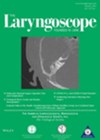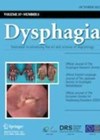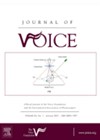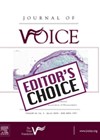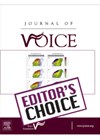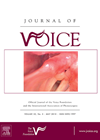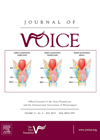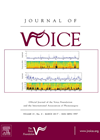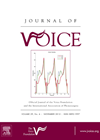
Journal Reviews
Assessing the impact of e-cigarette smoke on the vocal fold
While the use of electronic-cigarettes (e-cigs) is increasing rapidly, little is known about the effects this has on the health of vocal fold. In this translational research study, authors compared the effects of e-cig vapour and cigarette smoke on an...
How common is dysphonia and dysphagia after cardiac surgery?
Patients undergoing cardiac surgeries, such as coronary artery bypass (CABG) and valve operations, are usually informed that there may be some risk of laryngeal complications that could result in a dysphonia or dysphagia. This may be due to factors including...
The electromagnetic larynx
Current treatment options for a bilateral vocal cord palsy (tracheostomy, posterior cordotomy, arytenoidectomy) are suboptimal, with a focus primarily on a static means of airway restoration at the expense of voice production and potentially swallow safety. This paper reports on...
Vocal fold motion impairment following intubation – how likely is it to recover?
Ed’s Choice reviews a timely paper investigating prolonged intubation on vocal fold motion. The current scientific literature is dominated by studies examining COVID-19 and its widespread effects on health and healthcare delivery but will be old news by the time...
Early injection laryngoplasty for iatrogenic vocal fold movement impairment – a safe and effective treatment
This Ed’s Choice examines the role of early injection laryngoplasty on swallowing dysfunction and is one of a few studies available in the literature. Research on early injection laryngoplasty has been predominately focused on voice and reducing the risk of...
A voice as smooth as silk?
A number of materials currently exist for vocal fold injection medialisation. Popular options include calcium hydroxylapatite (CaHA), hyaluronic acid (HA) and polydimethylsiloxane (PDMS). The authors of this paper state that there is an unmet need for an injectable material that...
A histological test for LPR?
Laryngopharyngeal reflux (LPR) is often considered to be a contributory factor to the development of a spectrum of laryngeal abnormalities including vocal cord leukoplakia and dysplasia. This is especially the case when traditional risk factors, such as tobacco smoking, are...
Long-term results of injection laryngoplasty with polydimethylsiloxane (Vox) for unilateral vocal fold paralysis
Polydimethylsiloxane (PDMS) is widely used for vocal cord injections to treat patients with a vocal cord palsy. It is commercially available as the Vox implant system. Alternative compounds that can be employed include hyaluronic acid and calcium hydroxyapatite (Radiesse Voice)....
What blood tests should be requested to investigate vocal cord paralysis?
Patients who are discovered to have a vocal cord palsy with no obvious cause on history or examination routinely undergo investigations to exclude an underlying pathology. Cross-sectional imaging of the relevant recurrent laryngeal nerve is required, but considerable variability has...
Long-term swallowing function in bilateral vocal cord immobility
Vocal cord immobility is the second most common abnormality of the larynx in the paediatric population. The team from New York aimed to characterise the long-term swallowing function in a cohort of patients with bilateral vocal cord immobility over a...
Influence of smoking on vocal fold polyps
A vocal fold polyp is a benign lesion related to phonotrauma which induces upregulation of inflammatory processes and histological changes can occur in the epithelium and lamina propria. Whether smoking produces additional or enhanced changes is the subject of this...
Voice outcomes following extended laser resections for laryngeal cancer
It is now widely accepted that the oncological and voice outcomes following transoral laser microsurgery for early T1a glottic cancers are equivalent to, if not superior to, traditional radiotherapy. Voice outcomes following more extensive resections have not been as frequently...

